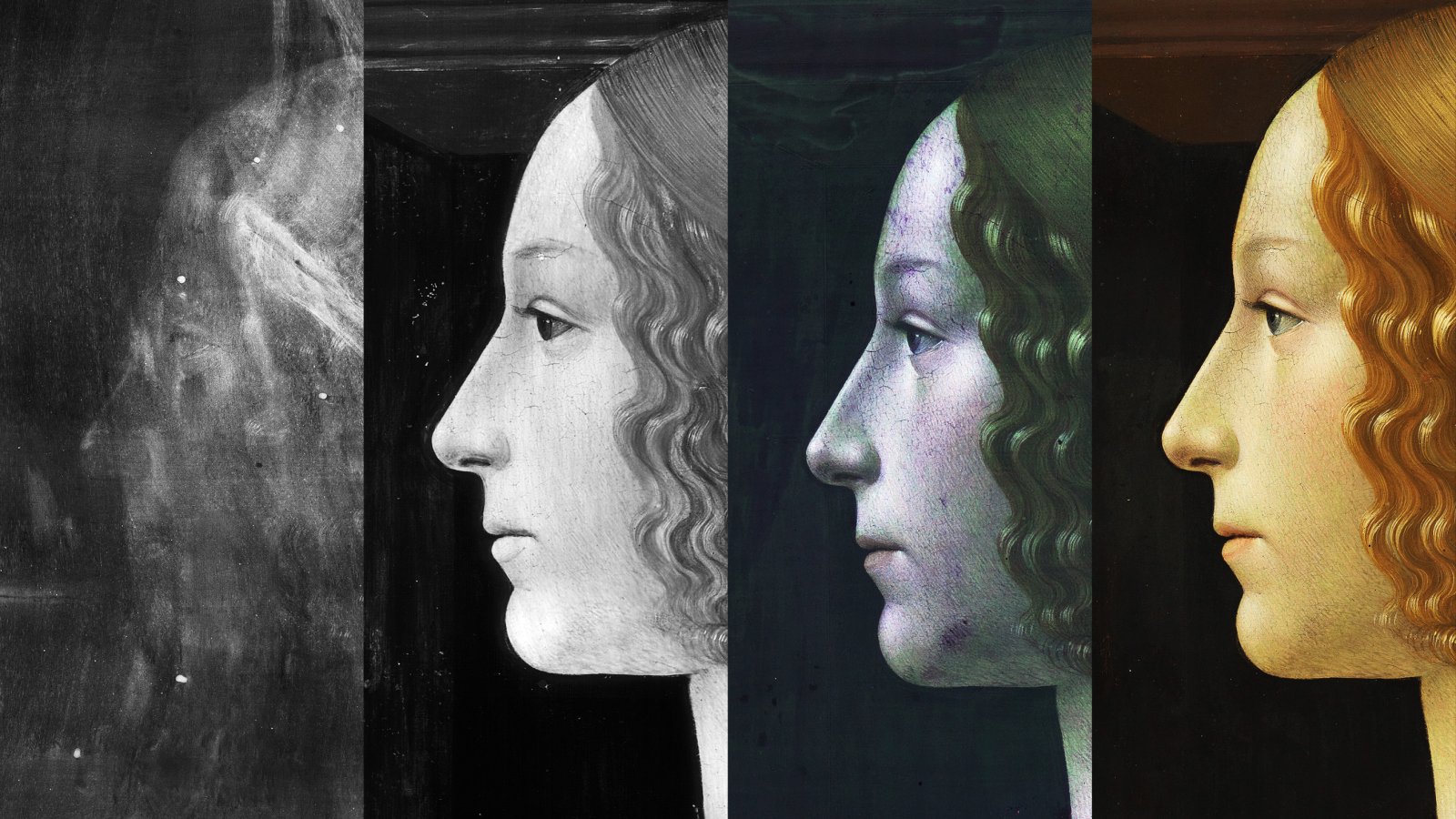Technical Images
The restoration department of the Museo Nacional Thyssen-Bornemisza has a team who specialise in scientific analyses of artworks.
The process of conducting technical research on works requires chemical studies to analyse materials and physical studies using imaging techniques. This team interprets the complex results obtained from both types of studies, which are complementary.
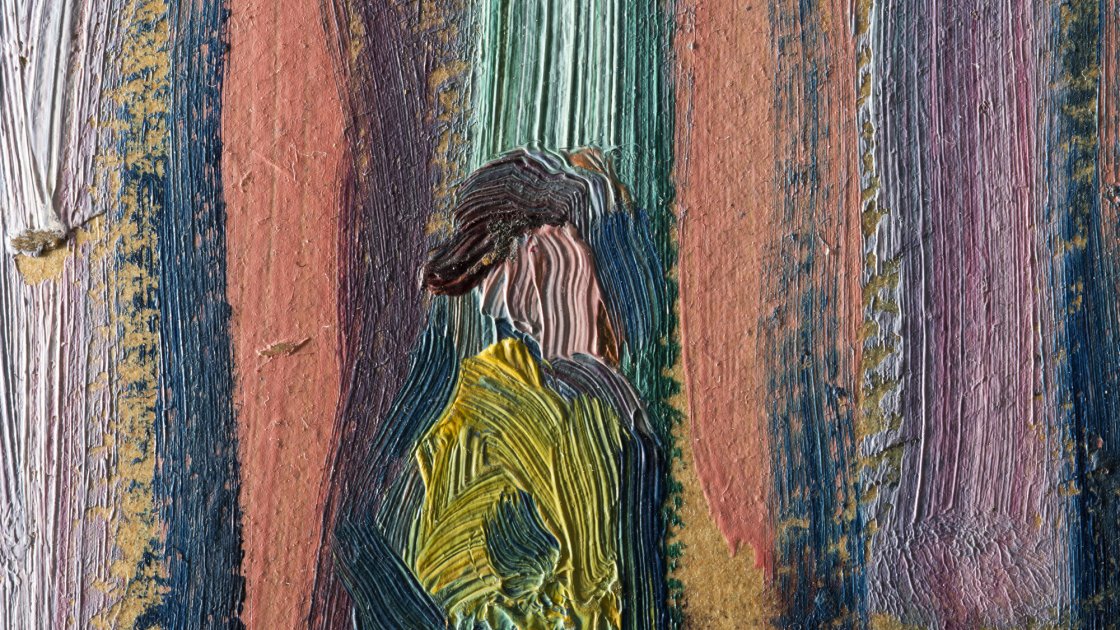
Imaging Studies
These studies are based on the possibility of using electromagnetic spectrum radiation – both in the visible range, as well as the portion beyond the capacity of human vision – to obtain images that are fundamental for gaining in-depth knowledge of works of art. The main imaging techniques used in the museum are: X-radiography (X-ray), infrared (IR) reflectography, ultraviolet (UV) photography and visible light photography (including macrophotography, transmitted light photography and visible raking light photography).
The purpose of these studies is to gain an understanding of the artist’s creative process and to determine the condition of the piece in order to diagnose alterations it has undergone and define the most appropriate restoration treatment. The results obtained document the works in the collection in depth and are used to learn about, conserve and disseminate them.
Thanks to a collaboration agreement between museums, we work with the image research laboratories of the Museo Nacional del Prado and the Museo Nacional Centro de Arte Reina Sofía.
X-Ray Imaging
Imaging procedures involving radiation used to analyse artworks provide decisive information about to know the state of conservation, the artist's creative process and technique by studying the elements that define the composition: the form and thickness of the brushstrokes (glazes or impasto) and the method used to apply the paint (brush, palette knife or other) as well as the material characteristics of the components.

Infrared Reflectography
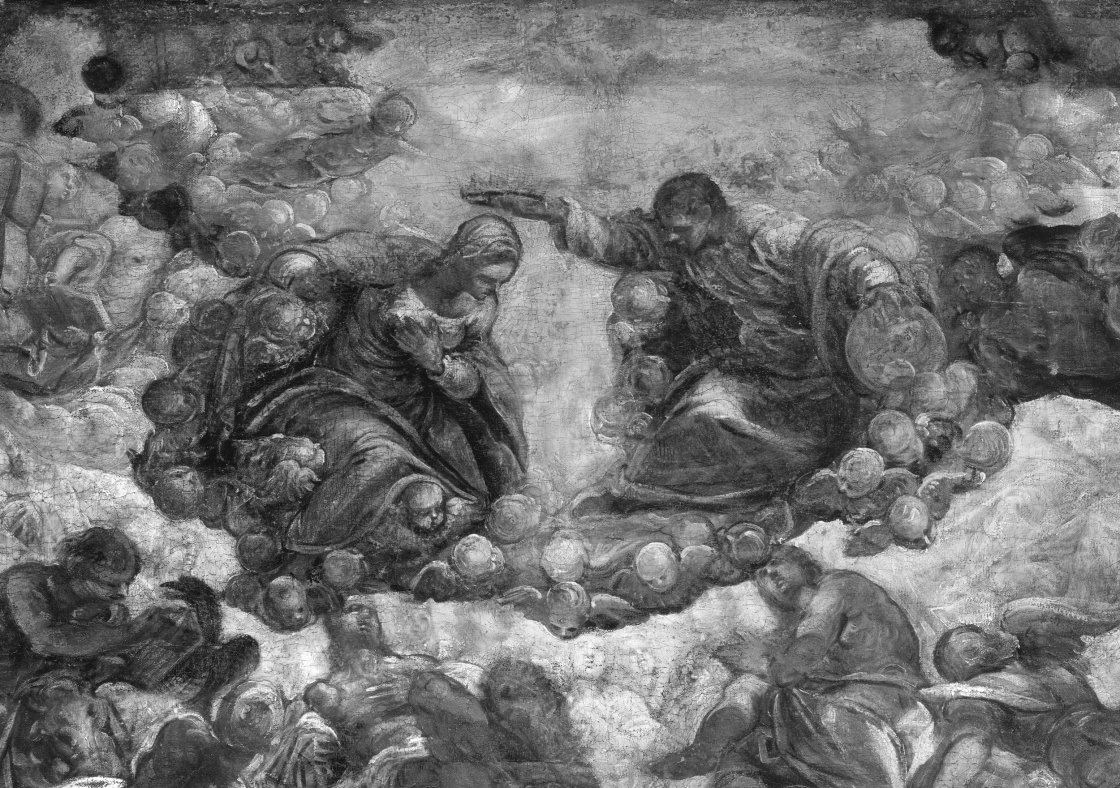
Infrared reflectography applied to the study of paintings tells us about the processes involved in executing a work of art and the technique used by the artist to create the composition, as well us recording underdrawings when the technical characteristics are appropriate. We can therefore detect possible corrections or alterations made to the composition by the artist during the execution process.
It provides information that can be used to establish lines of work by comparing preparatory drawings, and tells us about possible manipulations, state of conservation and previous interventions.
Ultraviolet Imaging
Ultraviolet photography is the result of the ability of certain cameras to capture the fluorescence produced on the surface of objects when UV light is shone on them.
It is an essential technique for studying artworks. Combined with other research methods, it makes it possible to determine and assess the condition of the piece.
Ultraviolet image analysis is a method that also makes it possible to study certain pigments, dyes and even supports, due to their response to this type of light.
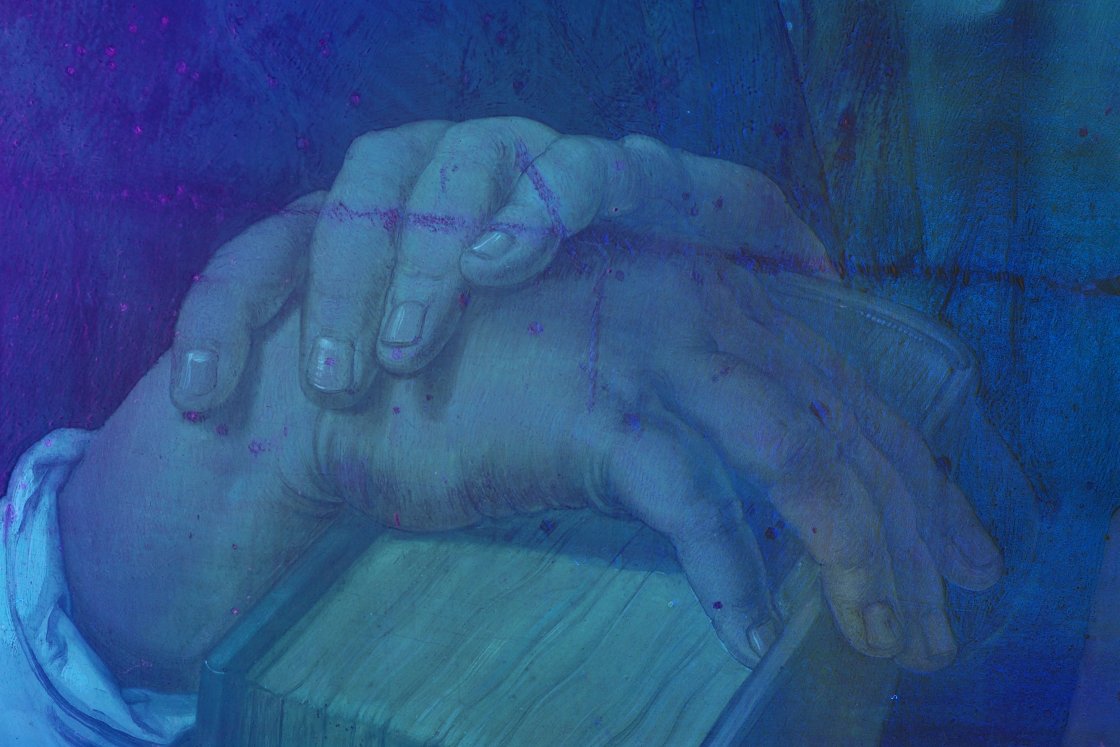
Visible light Imaging
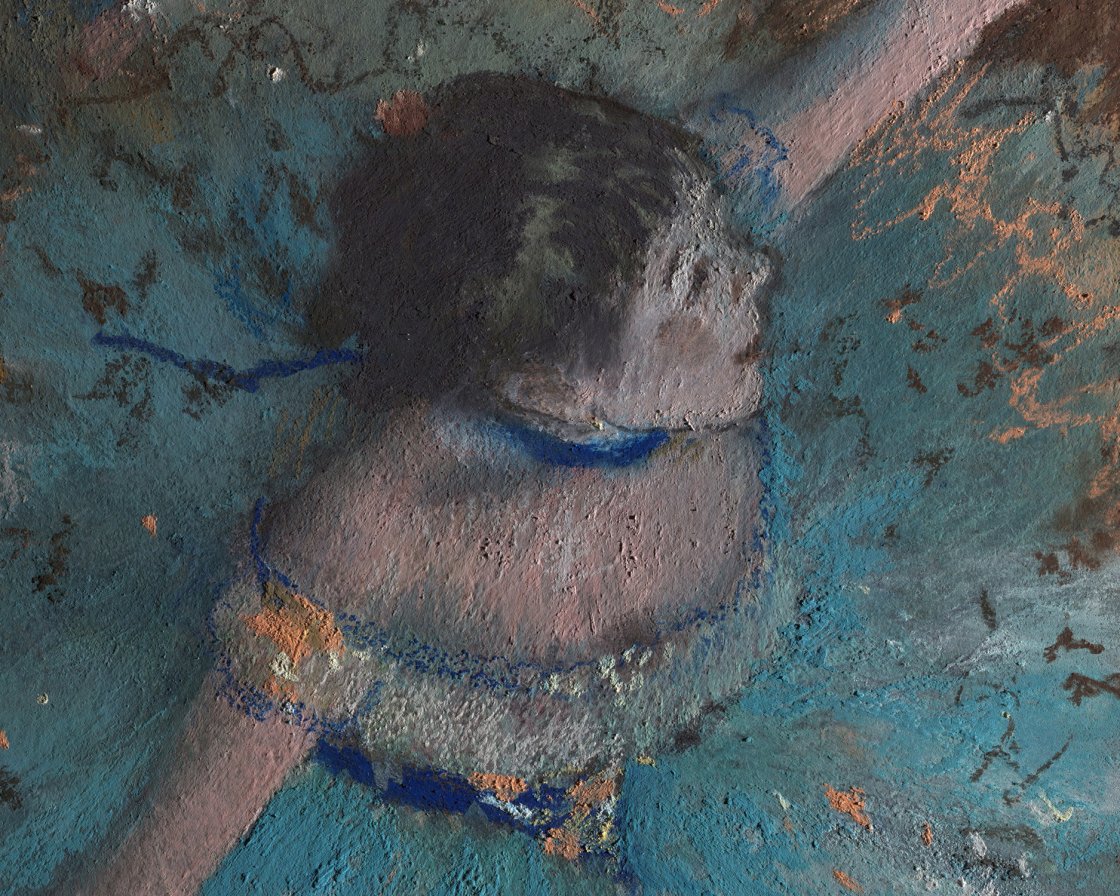
Visible light is the fraction of electromagnetic radiation that is visible to the human eye. It accounts for a small portion of all radiation emitted and falls within the range of 380nm to 760nm, i.e., between near infrared (from 760nm) and ultraviolet (below 380nm), and corresponds to the strongest wavelengths emitted by the sun.
In order to obtain the greatest possible amount of information for the studies, different techniques are used, such as raking light photography, macrophotography, the gigapixel system and transmitted light imaging.
